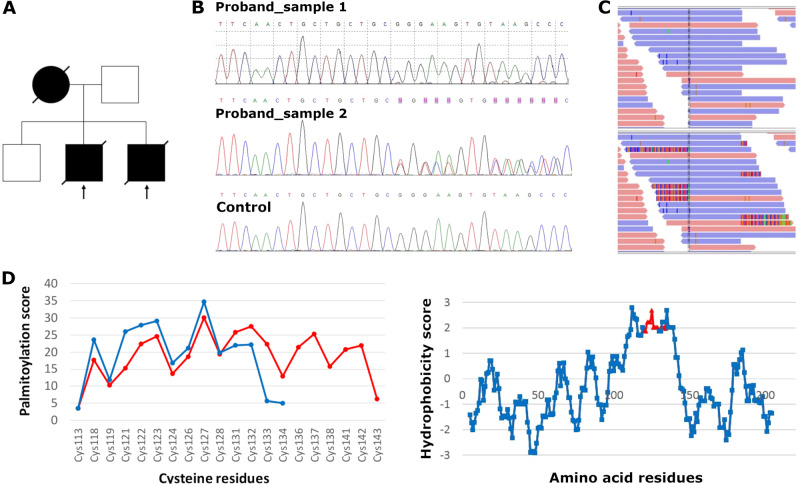Fig. 1. Sanger sequencing and reads alignment of the DNAJC5 bearing the 30 bp duplication.
a Pedigree of the Canadian family suggesting an autosomal dominant inheritance. b Chromatograms of DNAJC5 genomic DNA sequences showing normal DNAJC5 sequence in the proband using original protocol (Proband_sample 1) and heterozygous duplication in the same DNA sample upon modified PCR protocol (Proband_sample 2). Lower panel shows chromatogram from control DNA. c The 30 bp duplication in DNAJC5 in the Integrative Genomics Viewer (IGV2.3) before (upper panel) and after a visualization of soft-clipped bases (lower panel). d In silico analysis of the cysteine-string domain showing that compared with the wild-type sequence (blue line), the duplication (red line) alters palmitoylation potential (left panel) and hydrophobicity profile (right panel), critical parameters of post-translational modification, and intracellular localization of CSPα.

